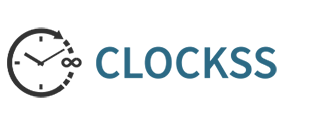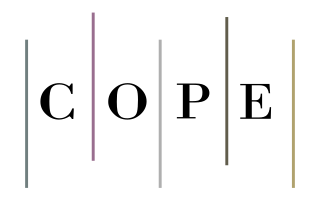Aims & Scope
Aim
The primary goals of JSCCA are centered around creating a platform for sharing original and significant contributions in the fields of soft computing and computer science applications. The journal strives to promote the exchange of information and knowledge in research, and to encourage the exploration of new developments and innovations in the use of soft computing to make informed decisions efficiently and accurately. Additionally, JSCCA aims to support academic professionals from local and international institutions in disseminating the results of their research and studies in the field of soft computing and computer applications through rigorous scientific publishing. By encompassing diverse disciplines of science, technology, and engineering, JSCCA aims to establish itself as a beacon of excellence in the academic arena.
Scope
JSCCA covers a wide range of subjects in the fields of soft computing and computer science applications. While not exhaustive, some key areas of interest include:
- Data Mining & Big Data
- Artificial Intelligence
- Database Systems
- Data Science
- Robotics
- Machine Learning
- Arabic Language Processing
- Natural Language Processing
- Cognitive Neuroscience
- Image Processing
- Computer Networks
- Software Engineering
- Information Security
- Algorithms & Applications
- IoT & Mobile Computing
- Parallel & Distributed Systems
- Human-Computer Interaction
- Pattern Recognition
- Cloud Computing
Types of Articles
The Journal JSCCA welcomes submissions of various article types, including:- Original research articles: These papers present original findings and contribute new knowledge to the field. They typically include a clear research question, methodology, results, and discussion of the findings.
- Comprehensive review articles: These articles offer a thorough and critical analysis of existing literature on a specific topic. Comprehensive review articles synthesize and evaluate previous research, identify gaps in knowledge, and provide insights for future studies.





